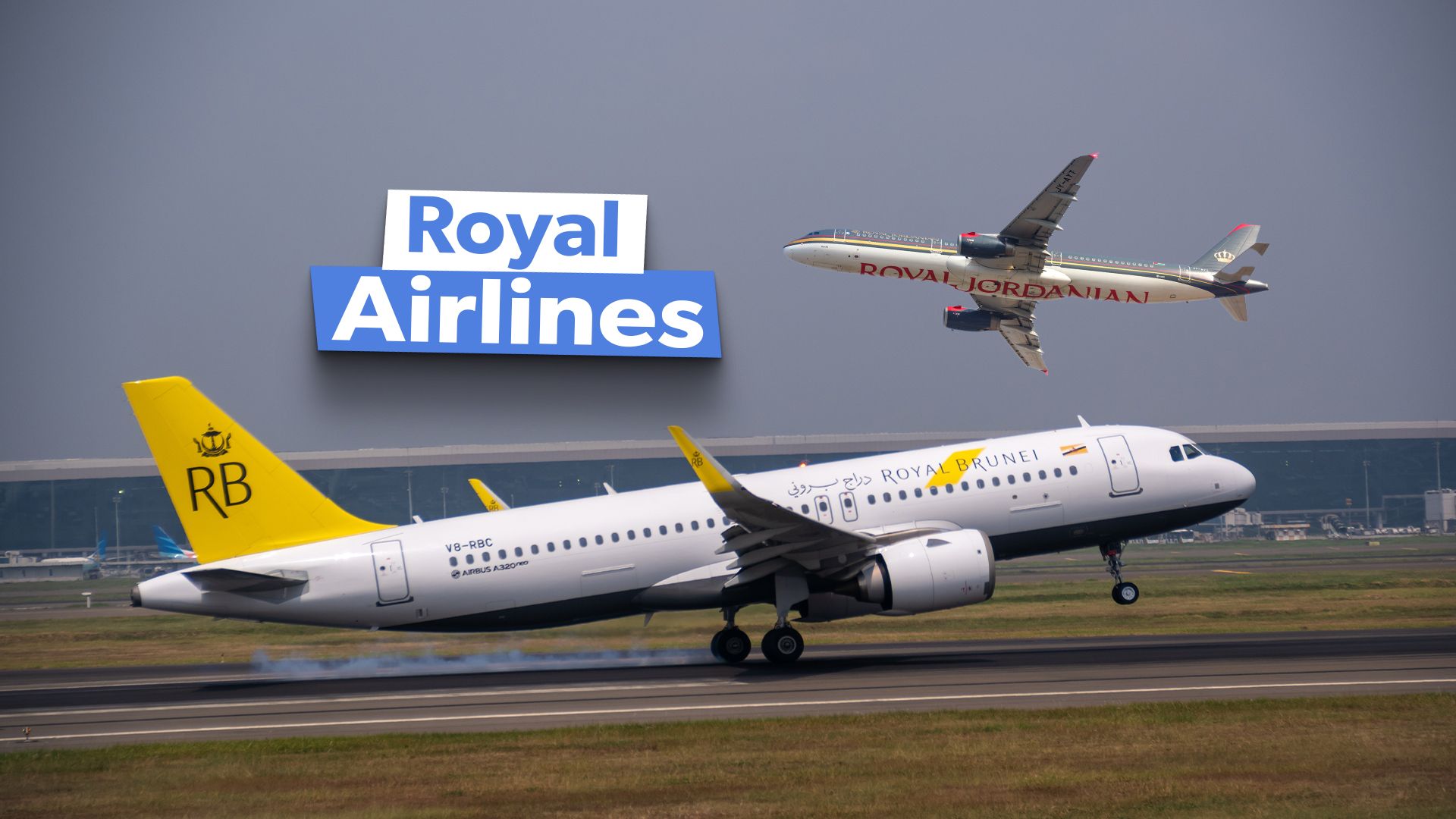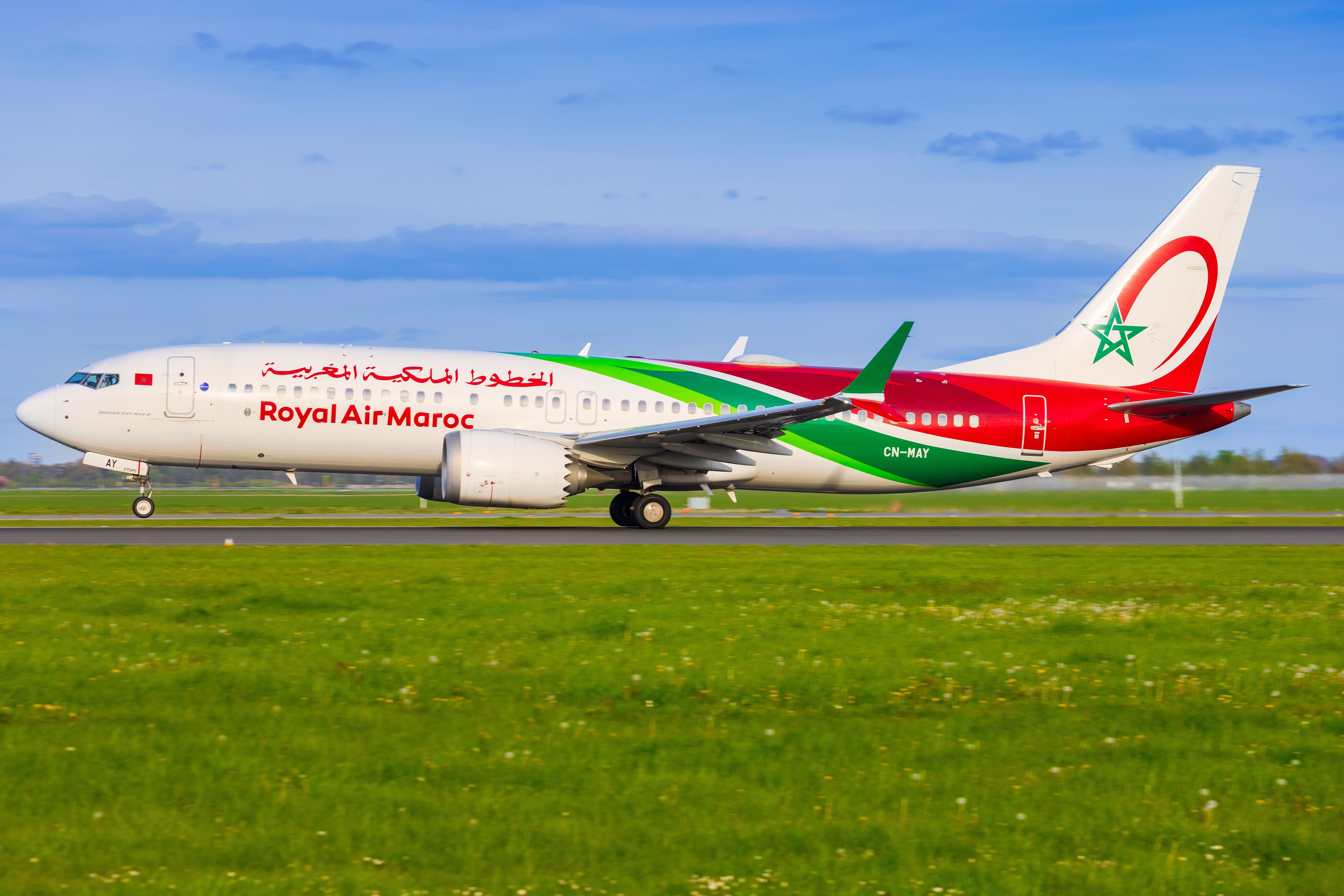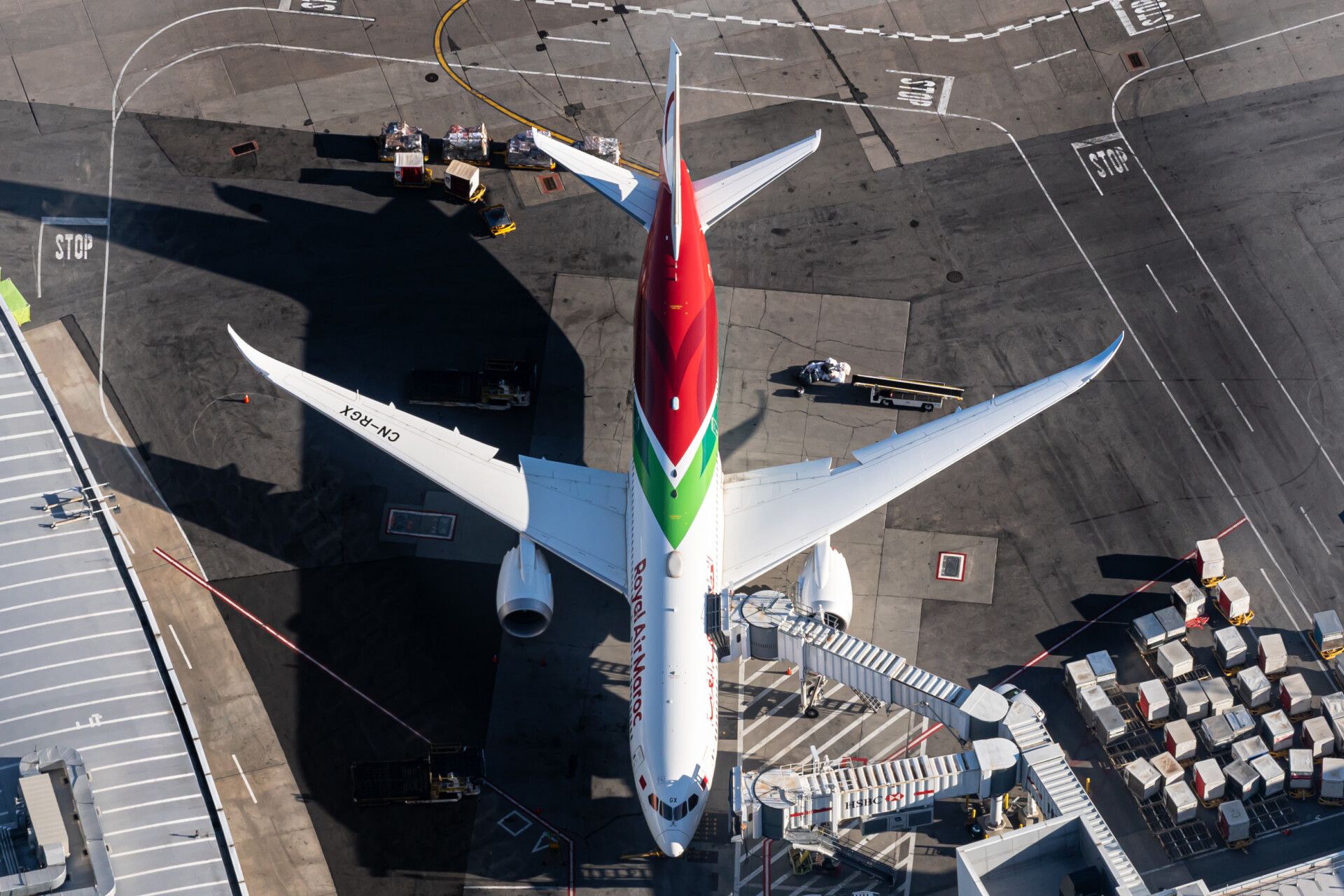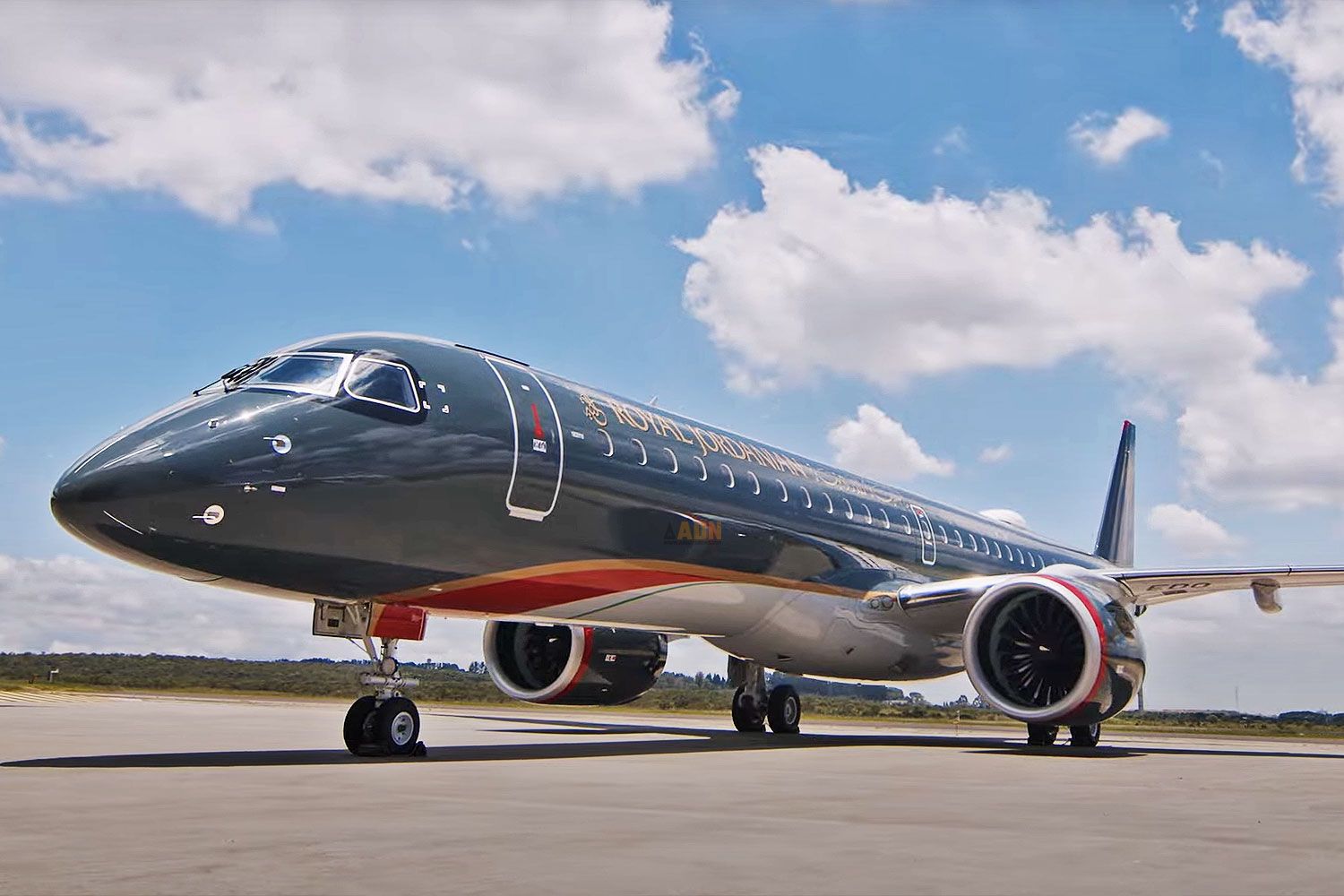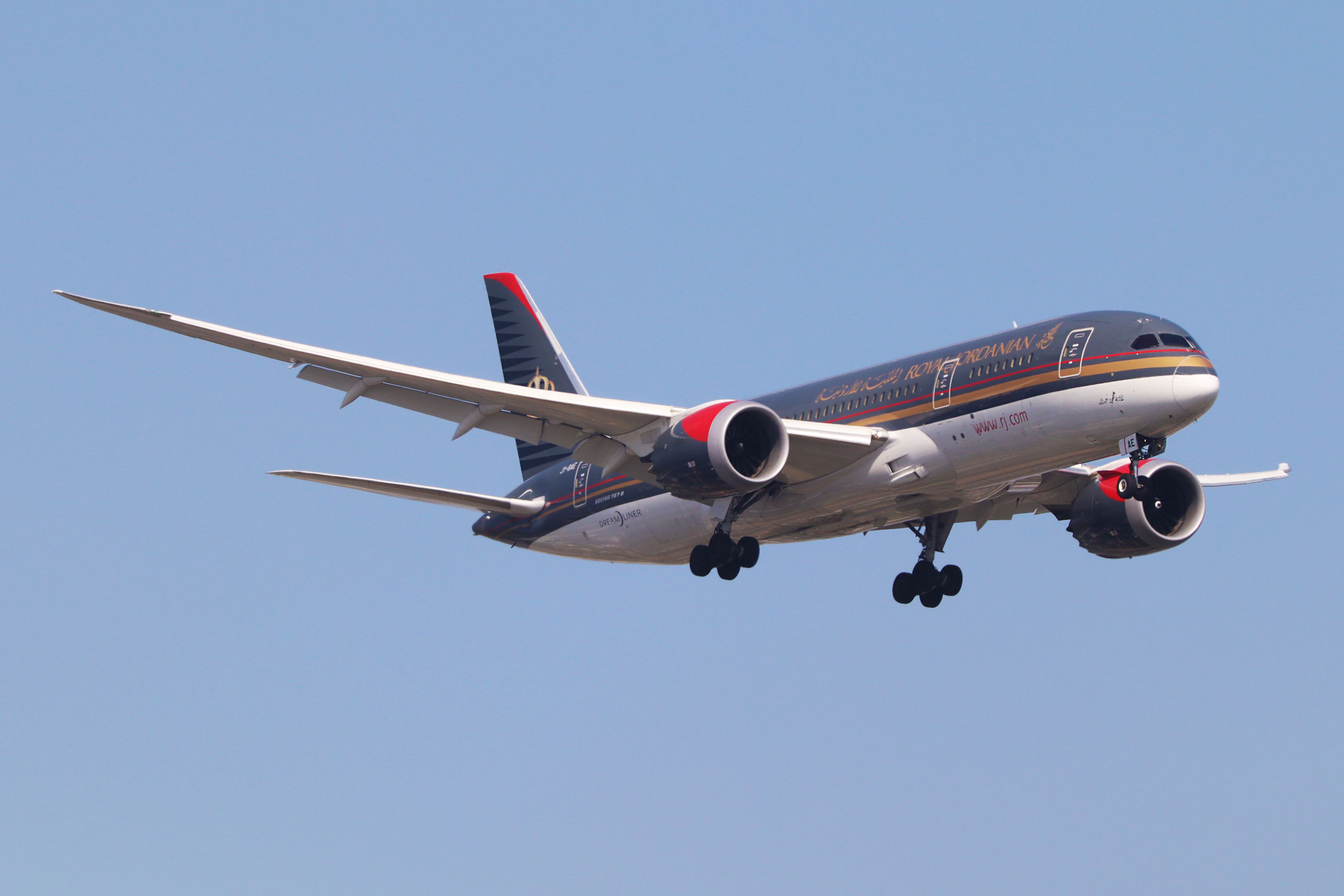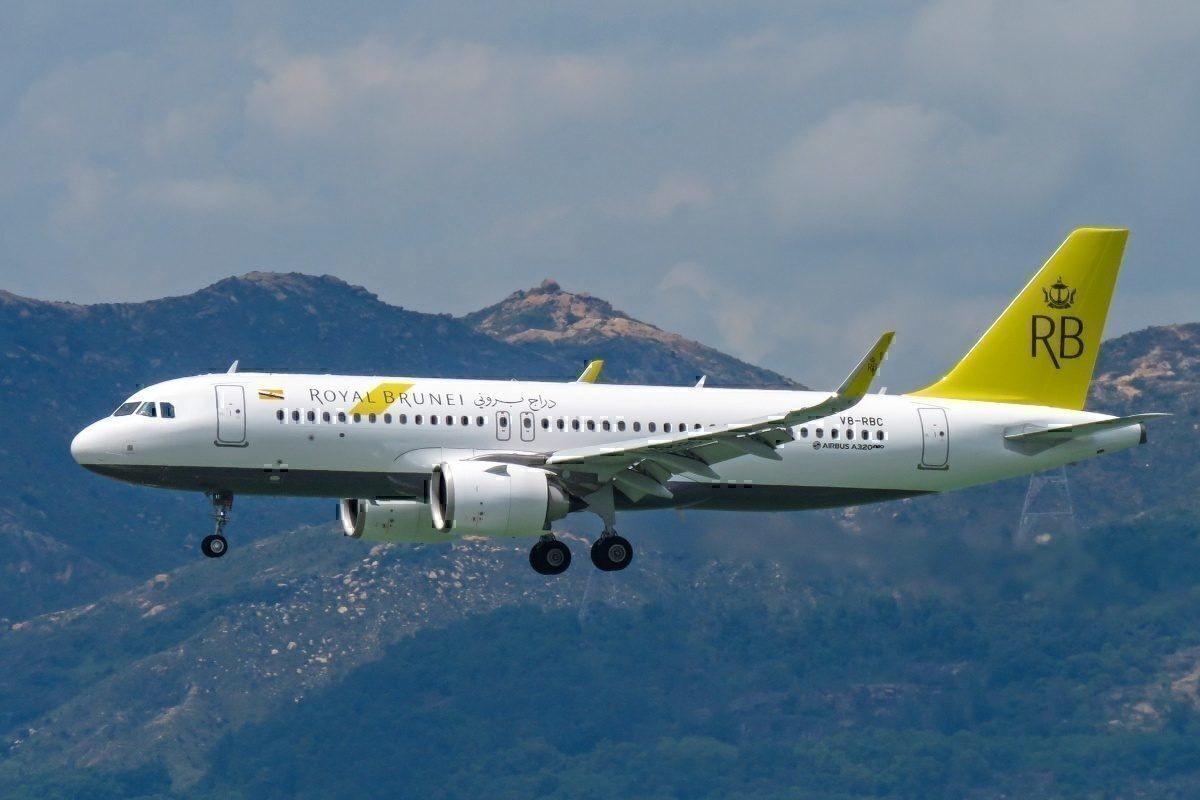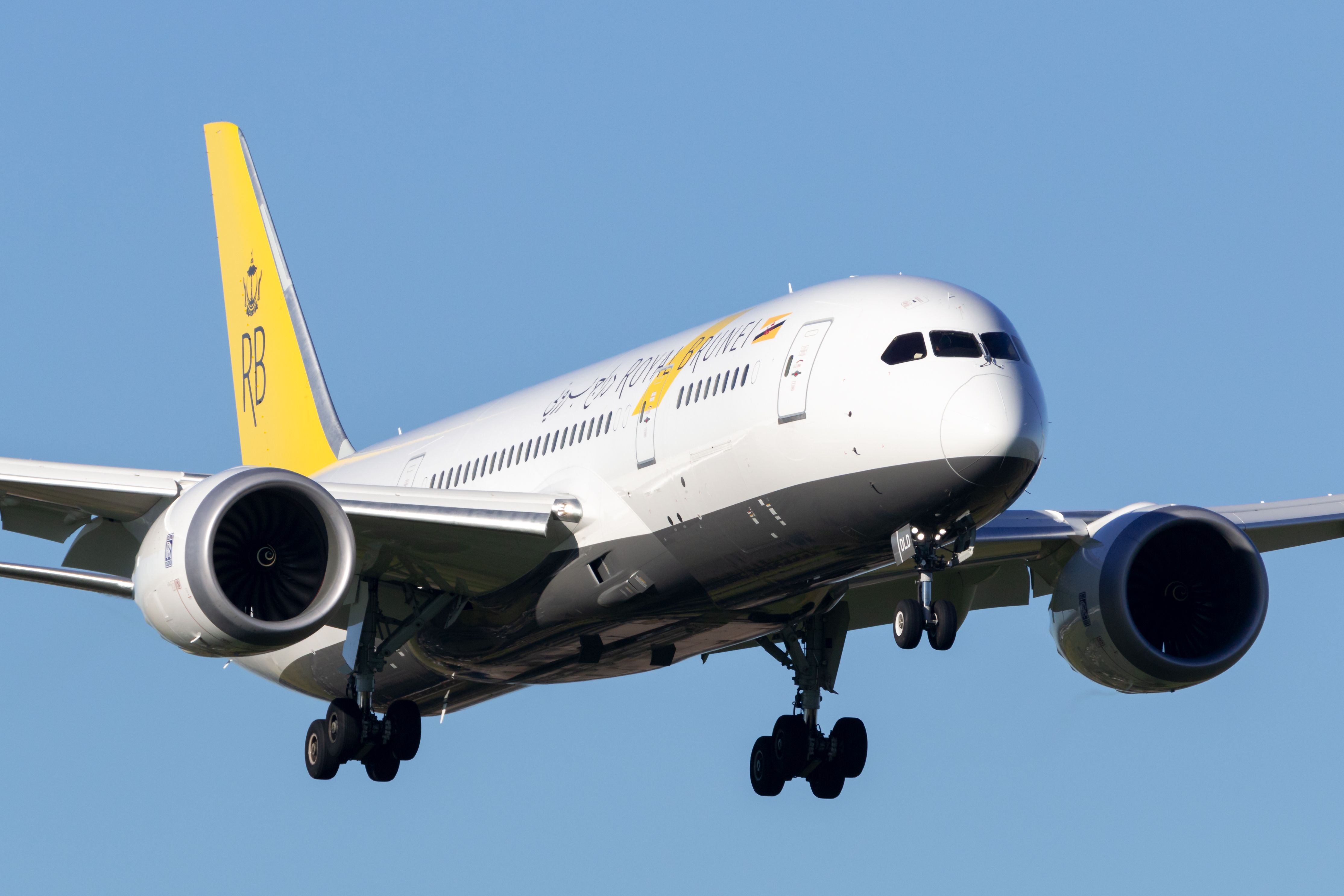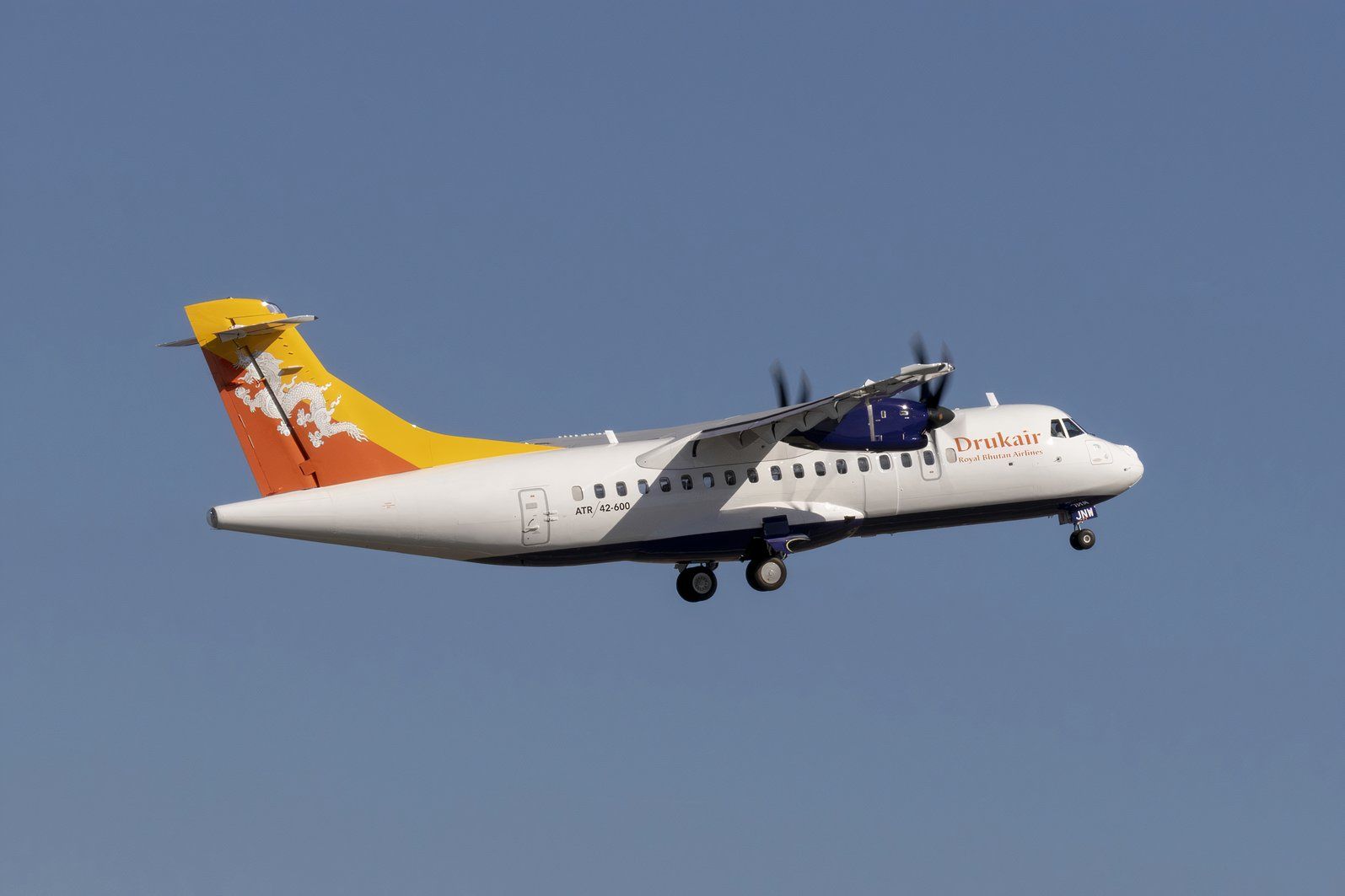A long time ago, while participating in a pub quiz, my team got a tie-breaker question asking what international airline has “royal” in its name. Luckily, I could think of more than one, while the other team could only come up with the Royal Air Force, so we won the round. But you, my esteemed readers, are aviation enthusiasts like myself and can probably name more than one “royal” airline as well.
So let me pose a slightly more challenging version of the question to you: Without scrolling down, can you name five countries whose flag carrier airlines have “royal” in their names?
Think about it for a moment; Can you get all five? Alright, keep scrolling, and let’s look at the five royal flag carriers.
1
The Netherlands: KLM Royal Dutch Airlines
The oldest operating airline in the world
|
Founded: |
1919 |
|
Primary Hub: |
Amsterdam Airport Schipol (AMS) |
|
Destinations: |
Over 170 destinations in 70 countries |
|
Fleet Size: |
179 (incl KLM Cityhopper) |
|
Alliance: |
SkyTeam |
KLM Royal Dutch Airlines, or simply KLM (an abbreviation for its official name of Koninklijke Luchtvaart Maatschappij), is part of the Air France-KLM group along with Air France and Transavia. It is the world’s oldest operating airline, founded over 105 years ago by several aviation pioneers after the ELTA aviation exhibition in Amsterdam in 1919. Upon its founding, Queen Wilhelmina of the Netherlands awarded the airline its “Koninklijke” predicate, which is how it got its royal name.
This is the first royal airline most people think of because the crown is right there in the logo, and the airline’s iconic blue and white aircraft can be found at most major airports worldwide. However, those aircraft are changing as KLM undergoes a substantial fleet renewal. This will include the following:
- Narrowbody changes: It currently operates a fleet of 42 Boeing 737 NGs (-700, -800 and -900) with an average age of 18.1 years. But in 2021, Air France-KLM ordered 100 Airbus A320neo family aircraft with options for a further 60, and part of this order will be used to replace the B737s. KLM has already received its first two A321neos, and it is expected to ultimately have 84 of the A320neo family aircraft in its fleet within the next few years.
- Widebody changes: The airline currently operates a mix of Boeing 777, Boeing 787, and Airbus A330 aircraft, but this is also changing. Last year Air France-KLM placed an order for 50 A350 aircraft (both the -900 and -1000 versions) with options for 40 more, and some of these will be allocated to KLM to replace its 11 A330s and 15 B777-200s. The existing 16 B777-300ERs will continue in service alongside an eventual fleet of 28 B787s once all deliveries have been made.
2
Morroco: Royal Air Maroc
Substantial fleet growth for the North African operator
|
Founded: |
1953 |
|
Primary Hub: |
Casablanca Mohammed V International Airport (CMN) |
|
Destinations: |
134 destinations in 45 countries |
|
Fleet Size: |
57 |
|
Alliance: |
oneworld |
Royal Air Maroc was created in 1953 as Compagnie Nationale de Transports Aériens by merging two smaller airlines. With the government of Morroco owning a majority stake in the fledgling airline and as the Kingdom of Morroco is a constitutional monarchy, King Muhammad V granted it the new name of Royal Air Maroc in 1957.
Photo: Mike Fuchslocher | Shutterstock
The airline initially maintained close ties with France, using a fleet of Sud-Ouest Bretagnes and SNCASE Languedocs while leasing Lockheed Constellations from Air France before entering the jet age with the purchase of Sud Aviation Caravelles. However, as it began to fly more extended sectors to Europe and Africa and position its Casablanca base as a connecting hub for the two continents, it moved towards an all-Boeing fleet with the purchase of Boeing 727s, 737s, and 747s from the 1960s.
Photo: Vincenzo Pace | Simple Flying
Today, the carrier is the sole African member of the Oneworld Alliance and has a fleet of 57 aircraft. This includes 30 Boeing 737s (-800 and MAX 8s), and it will have 11 Boeing 787s (-8s and -9s) by year-end. However, with strong tourism growth in Morroco in recent years and the country set to co-host the FIFA World Cup in 2030, Royal Air Maroc has issued a tender to increase its fleet to nearly 200 aircraft by the decade’s end. The airline’s CEO, Abdelhamid Addou, said:
“We estimate over the next few years to grow from 50 planes to 200 planes as we respond to increased demand, and we will put in place a sufficient number of point-to-point touristic routes as well as develop our hub to allow us to connect different populations of the world via Casablanca.”
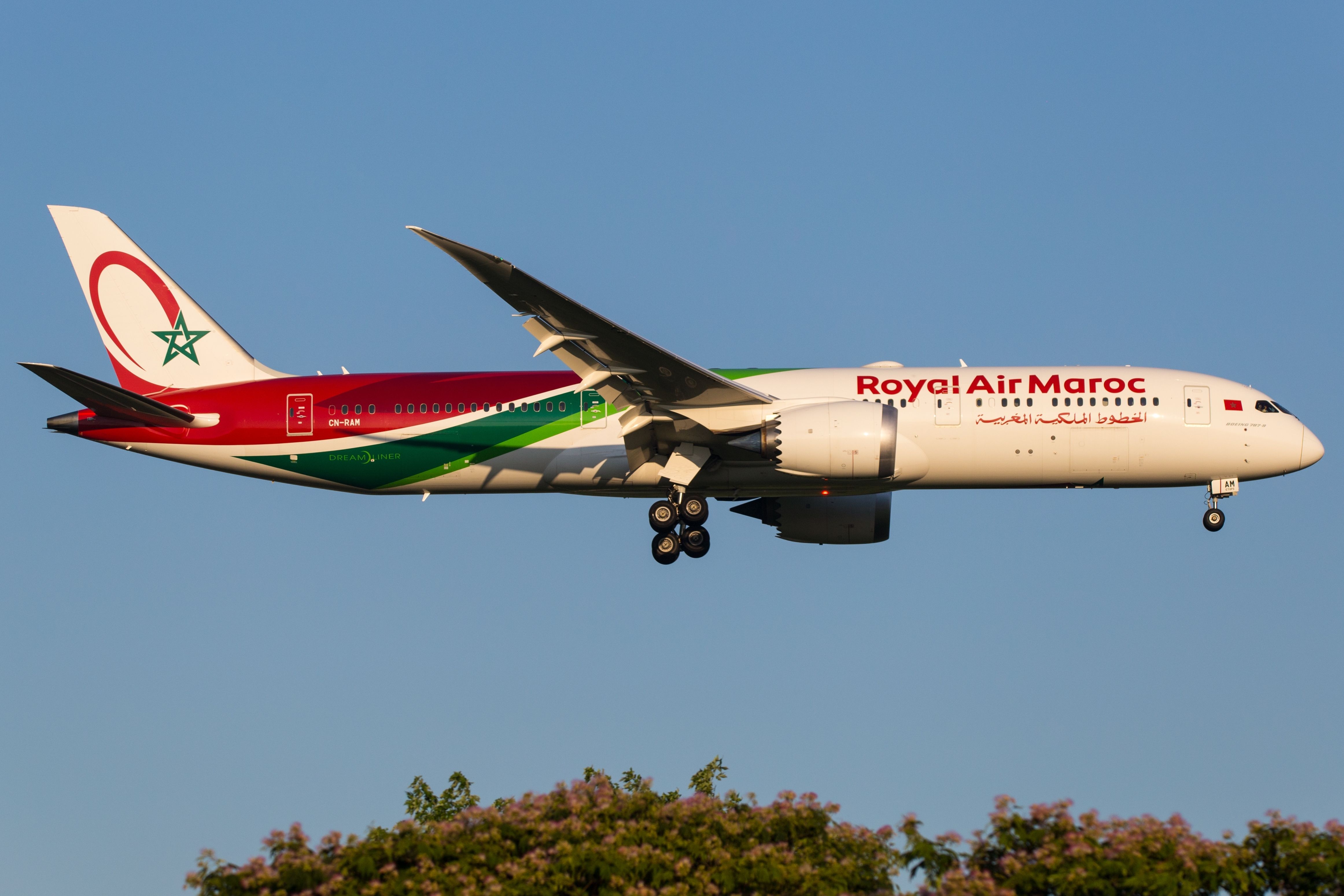
Related
Royal Air Maroc Plans To Quadruple Its Fleet By 2030
The airline has launched a tender for new aircraft.
3
Jordan: Royal Jordanian Airlines
Continued expansion across North America
|
Founded: |
1963 |
|
Primary Hub: |
Amman Queen Alia International Airport (AMM) |
|
Destinations: |
45 destinations in 29 countries |
|
Fleet Size: |
27 |
|
Alliance: |
oneworld |
Royal Jordanian was established in 1963 after a royal decree by King Hussein and was initially named “Alia” after the king’s eldest child. It flew under that name for over two decades before changing to Royal Jordanian in 1986 as the airline sought to rebrand itself as the national airline of the Kingdom of Jordan while distancing itself from Princess Alia, who was going through a divorce and re-marriage at the time.
Photo: Embraer
In 2007, the airline was the first Arab airline to join an international alliance when it became a part of oneworld, and the following month, it placed an order for 10 Boeing 787s as the new flagship aircraft for its fleet. It currently operates seven B787-8s and has a further five B787-9s on order.
Photo: Kittikun Yoksap | Shutterstock
While Royal Jordanian flies primarily to regional Middle East and European destinations with its Airbus A320 family and Embraer regional aircraft, the B787s have enabled the expansion of its North American footprint. The carrier currently has routes to New York JFK, Chicago, Detroit, Toronto, and Montreal and will launch a new connection to Washington DC in the spring of 2025.
4
Brunei: Royal Brunei Airlines
Growth through expansion of its B787 fleet
|
Founded: |
1974 |
|
Primary Hub: |
Brunei International Airport (BWN) |
|
Destinations: |
22 destinations in 14 countries |
|
Fleet Size: |
12 |
|
Alliance: |
None |
Royal Brunei Airlines is the flag carrier of the Sultanate of Brunei, a small nation of less than half a million people on the island of Borneo. Brunei is officially a monarchy, with a famously wealthy sultan (who also serves as prime minister) being one of the last remaining absolute monarchs in the world. As a result, because the airline is 100% government-owned, it carries the royal title in its name.
Photo: Royal Brunei
Royal Brunei has a small fleet of 12 aircraft, comprising five Boeing B787-8s for long-haul routes and seven Airbus A320neos used on regional routes to neighboring states such as Malaysia, Singapore, Indonesia, and Vietnam. It plans to expand its long-haul fleet and placed an order for four B787-9s at the Singapore Airshow earlier this year.
Photo: Ryan Fletcher | Shutterstock
Its current long-haul routes for the B787s are to:
- London Heathrow: Served 3-times weekly via Dubai
- Dubai: 3-times weekly
- Jeddah: 4-times weekly
- Melbourne: 5-times weekly
- Tokyo Narita: 4-times weekly (mix of B787 and A320neo)
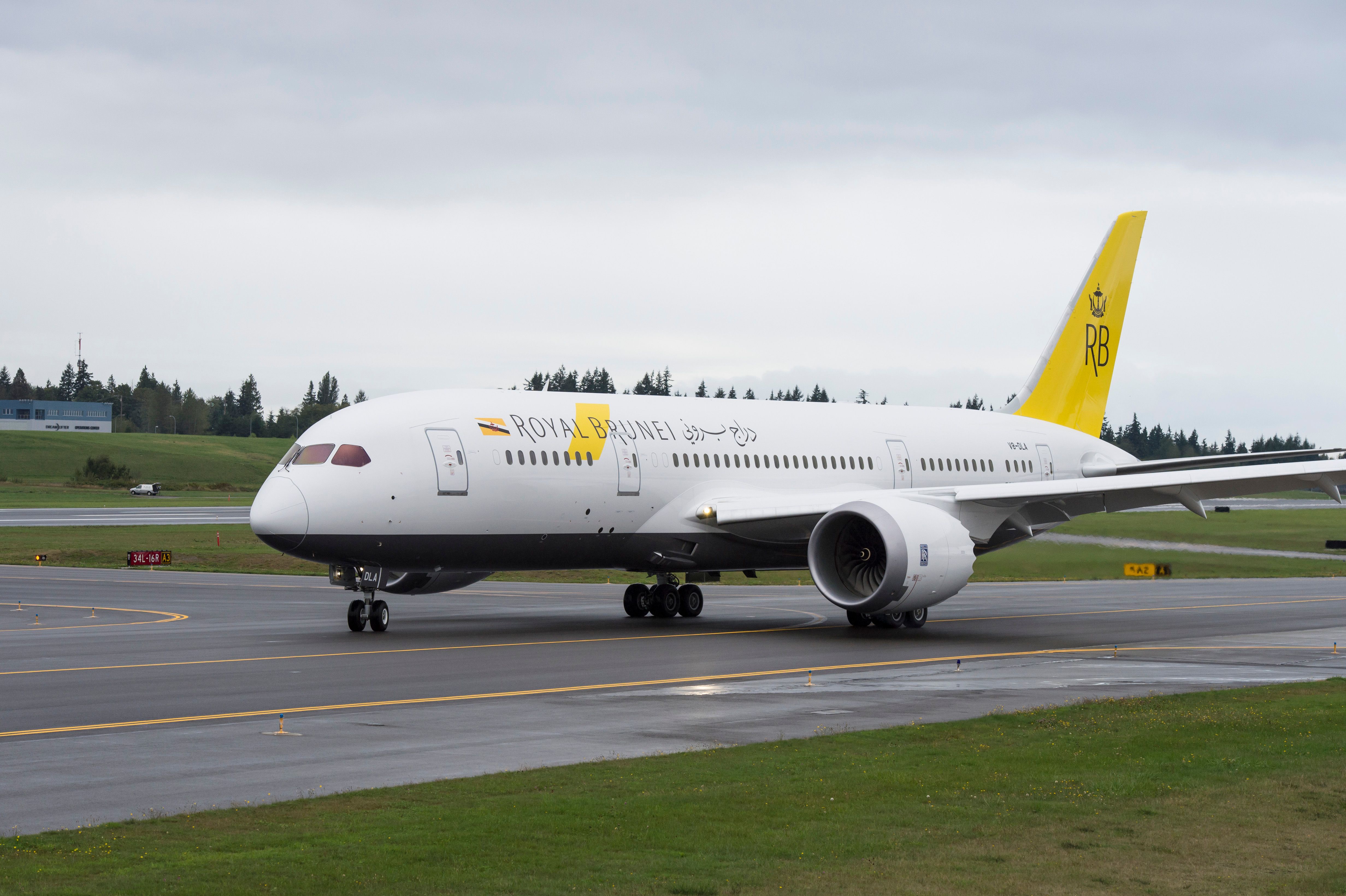
Related
Flight Review: Royal Brunei Boeing 787 Is An Overnight Success
Overnight flights are often a blur of meal service and lights out, but on Royal Brunei, everything is as it should be from a first-class airline.
5
Bhutan: Drukair — Royal Bhutan Airlines
The airline that flies ‘On the Wings of the Dragon’
|
Founded: |
1981 |
|
Primary Hub: |
Paro International Airport (PBH) |
|
Destinations: |
13 destinations in 6 countries |
|
Fleet Size: |
5 |
|
Alliance: |
None |
Our final royal flag carrier is from the tiny Kingdom of Bhutan, tucked up in the Himalayas adjacent to Nepal, Tibet, and India. Officially called Drukair — Royal Bhutan Airlines, the airline is named after the Druk Gyalpo (King), the constitutional monarch and head of state for the kingdom. It was founded in 1981, shortly after Bhutan began opening up from its self-imposed isolation and welcoming visitors to the kingdom.
Photo: Drukair
Drukair has a small fleet of just five aircraft:
- ATR 42-600: A single ATR connects Drukair’s hub at Paro with the three other airports in Bhutan, Gelephu, Jakar, and Trashigang.
- Airbus A319-100: Three A319s serve regional routes to regional destinations such as Delhi, Kathmandu and Kolkata.
- Airbus A320neo: A single A320neo is currently utilized on longer, higher-capacity routes to Dubai and Bangkok. Earlier this year, at the Farnborough Airshow, the airline signed an MOU for three additional A320neos and two A321XLRs.
